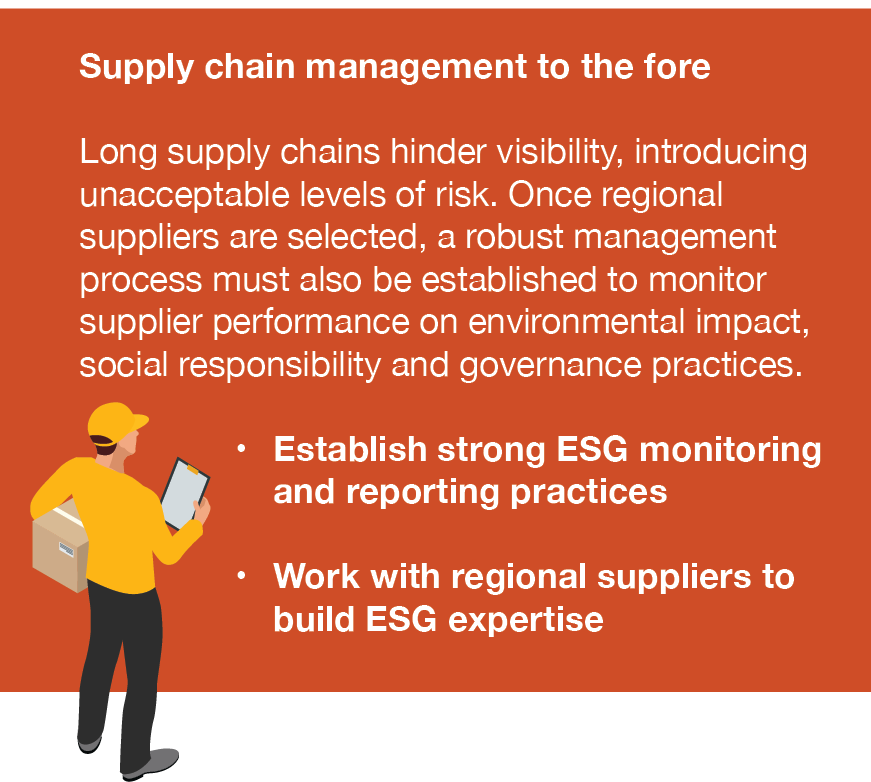Cost and quality have long been the benchmarks for supplier selection, but recent supply shocks mean that supplier reliability must now be a major consideration.
Businesses must be able to effectively address changing market needs while becoming faster to respond to and recover from potential bottlenecks.
Success in this new world requires a more holistic selection framework.
How multinationals can choose the right suppliers
Supplier performance assessment:
can the supplier offer a competitive solution?
Supplier reliability assessment:
what is the supplier’s exposure to and visibility of key risks?
Learn more about partnering with the right suppliers here






























